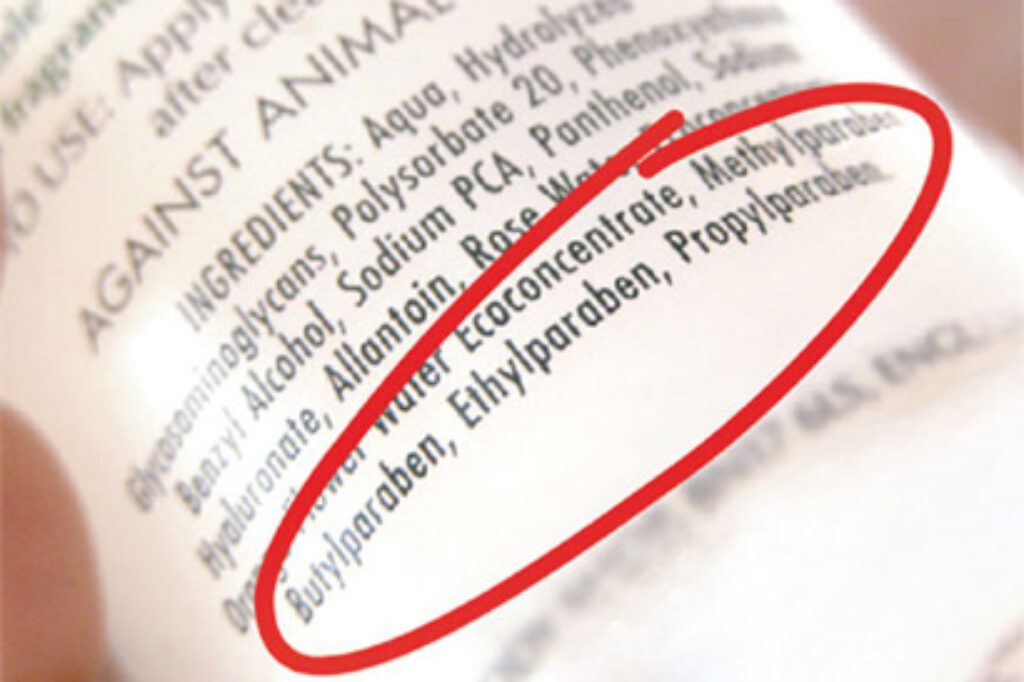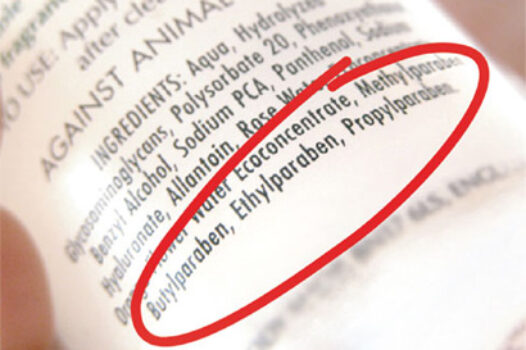As a consumer, it is important to be aware of the ingredients in the products that you use. One particular group of ingredients that have been the subject of controversy in the cosmetic industry is parabens. In this article, we will take a closer look at parabens, their use in cosmetics, and the potential health risks associated with them.
What are Parabens?

Parabens are a group of synthetic preservatives commonly used in cosmetics and personal care products. They are used to prevent the growth of bacteria, mold, and yeast in products such as shampoos, moisturizers, and makeup. Parabens are derived from para-hydroxybenzoic acid and can be identified on product labels by names such as methylparaben, ethylparaben, propylparaben, butylparaben, and isobutylparaben.
Why are Parabens Used in Cosmetics?
The use of parabens in cosmetics is widespread due to their effectiveness as preservatives. Cosmetics are often formulated with water, which creates an environment where bacteria, mold, and yeast can grow. Without preservatives, these products would have a short shelf life and be at risk of spoiling, potentially causing harm to consumers.
Are Parabens Safe?
The safety of parabens has been a topic of debate in the cosmetic industry and among consumers. Some studies have suggested that parabens may have harmful effects on the body. One concern is that parabens may mimic the hormone estrogen in the body, potentially disrupting the endocrine system. This has led to concerns that parabens may contribute to the development of certain types of cancer, particularly breast cancer.
However, other studies have shown that the amount of parabens used in cosmetics is generally safe for human use. Regulatory bodies such as the US Food and Drug Administration (FDA) and the European Union’s Scientific Committee on Consumer Safety (SCCS) have deemed parabens safe for use in cosmetics at low levels.
It is worth noting that the safety of parabens is still an area of ongoing research and debate, and some consumers may choose to avoid products containing parabens altogether.
Different Types of Paraben
Paraben Family
| Name | Its Uses in Cosmetics |
|---|---|
| Methylparaben | It has the shortest alkyl chain and is the most commonly used in cosmetics as a preservative. Methylparaben is widely used because of its low cost and high effectiveness as a preservative. |
| Ethylparaben | It is less commonly used as compared to Methylparaben. |
| Propylparaben | Propylparaben is considered to be a stronger preservative and is typically used in smaller concentrations than Ethylparaben. |
| Butylparaben | Used less commonly in cosmetics. |
| Isobutylparaben | It has the longest alkyl chain and is less commonly used in cosmetics as a preservative. It is typically used in cosmetics at lower concentrations than other parabens due to its stronger antimicrobial activity. |
The Paraben Family, which includes methylparaben, ethylparaben, propylparaben, butylparaben, and isobutylparaben, is widely used as preservatives in cosmetics and personal care products. These chemicals are added to prevent the growth of bacteria, mold, and yeast in order to extend the shelf life of these products. Despite their effectiveness, some people have raised concerns about the safety of these compounds, as they have been detected in human tissues and may have estrogenic effects.
Compare with Other
Paraben Alternatives
- Phenoxyethanol – a broad-spectrum preservative that is commonly used in cosmetic products. It is considered safe at low concentrations.
- Ethylhexylglycerin – a preservative and skin conditioning agent that is commonly used in cosmetics. It is considered safe at low concentrations.
- Benzyl alcohol – a preservative that is commonly used in cosmetics. It is considered safe at low concentrations.
- Sodium benzoate – a preservative that is commonly used in cosmetics and personal care products. It is considered safe at low concentrations.
- Potassium sorbate – a preservative that is commonly used in cosmetics and personal care products. It is considered safe at low concentrations.
These are considered safe for human application on the skin when used at low concentrations. However, as with any ingredient, individual sensitivities can vary, and some people may experience skin irritation or other adverse reactions. It is important to patch-test a new product before using it regularly and consult with a dermatologist if any concerns arise. Additionally, it is always recommended to use products according to their labeled instructions and avoid excessive use of any ingredient.
To Summarize
Conclusion
In conclusion, parabens are a group of synthetic preservatives commonly used in cosmetics and personal care products. While the safety of parabens is still an area of ongoing research and debate, regulatory bodies such as the FDA and SCCS have deemed them safe for use in cosmetics at low levels. However, some consumers may choose to avoid products containing parabens altogether.
As a consumer, it is important to be informed about the ingredients in the products that you use. If you are concerned about the safety of parabens, look for products that use alternative preservatives or are labeled as paraben-free. Ultimately, the decision to use products containing parabens is up to the individual, and it is important to weigh the potential risks and benefits before making a decision.

